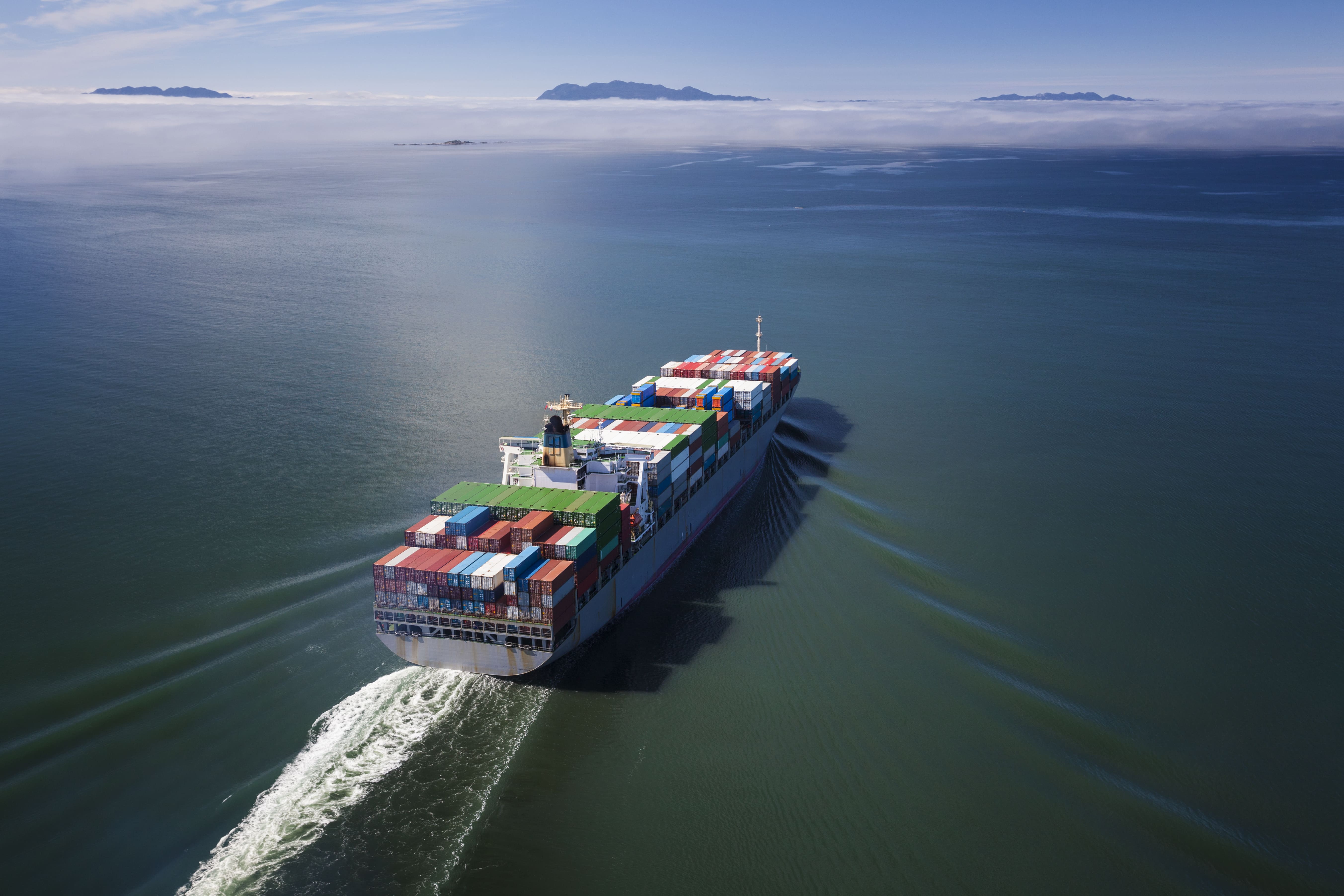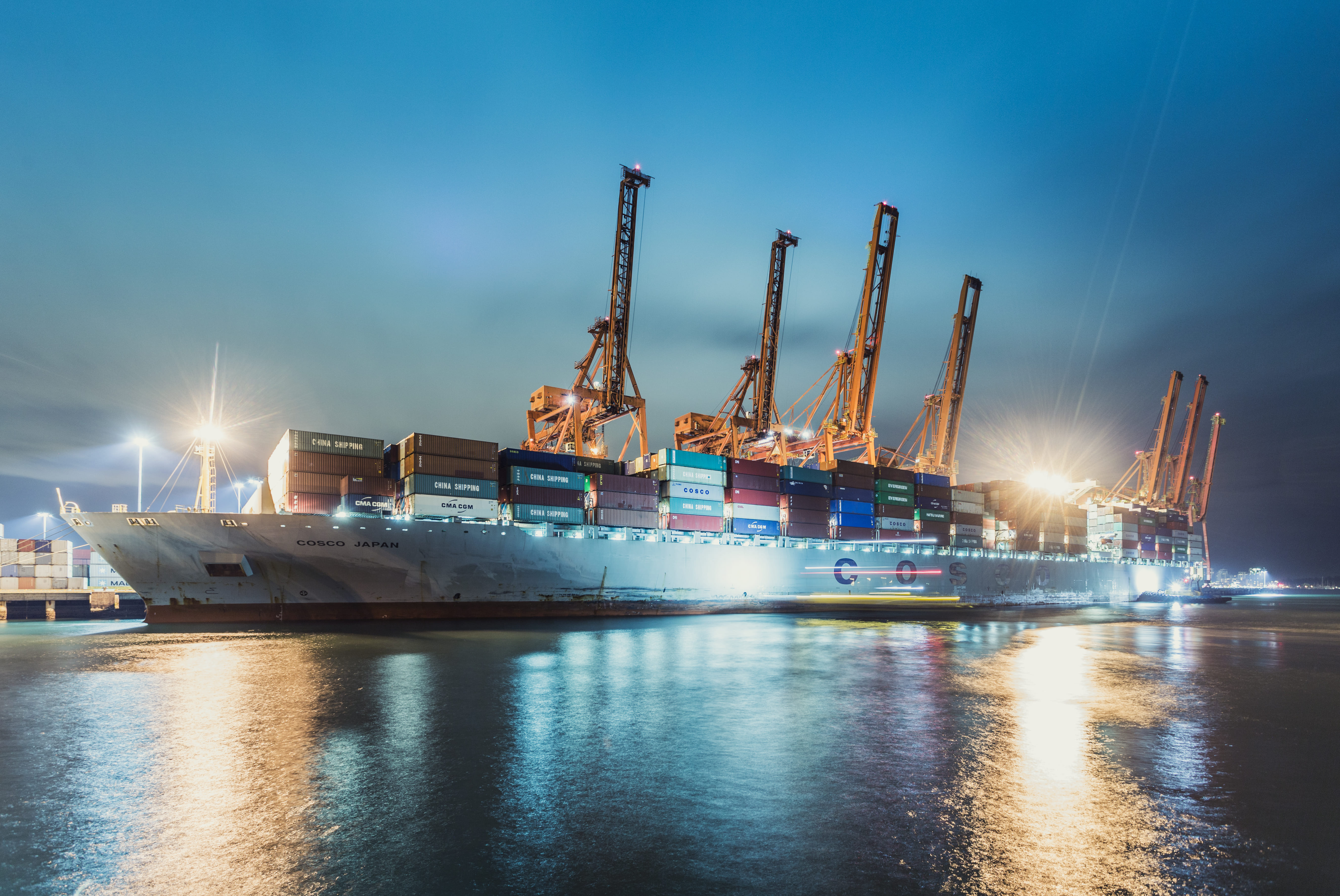HIDDEN COSTS IN SEA FREIGHT SHIPPING (AND HOW TO AVOID THEM)
When planning budgets for sea shipping, many companies tend to trust the quoted sea freight rates, presuming these will cover the primary transport expenses. However, the truth is far more complex. Beyond the standard prices lie a series of predictable and perplexing hidden fees that, if not properly tracked, can pose a threat to profitability and distort logistics planning.
Blogs

Pinpointing and understanding these hidden costs is paramount for precise freight cost analysis, thorough risk evaluation, and tailored long-term planning. This blog explores the true nature of these charges, their potential to disrupt operations, and how strategic partners like DP World provide smart supply chain solutions to prevent, pre-empt, and protect against unnecessary fees.
The Real Cost of Ocean Freight: More Than Just Base Rates
At first glance, shipping freight rates may seem straightforward. They typically cover the basic transportation of goods from port to port. But the full picture includes numerous ocean freight charges, both before and after the container even leaves the terminal.
Common Additional Fees
Here’s a breakdown of legitimate but often-overlooked fees in sea freight:
Port Charges – Fees for loading, unloading, terminal use, and port infrastructure.
Customs Duties and Taxes – Includes VAT, import tariffs, and other levies.
Terminal Handling Charges (THC) – Charges for managing containers at ports.
Documentation Fees – For paperwork like bills of lading and customs clearances.
Container Freight Station (CFS) Charges – For consolidating or deconsolidating shipments.
Delivery Charges – The final-mile cost of transporting goods from the port to your destination.
These charges vary significantly depending on the port, destination, carrier, and commodity. Failing to account for them during the quoting stage can result in unpleasant surprises.
Post-Arrival Costs: Unexpected Charges That Add Up
Beyond the dock, several other charges can quietly add up — especially when delays or miscommunication occur.
Demurrage and Detention Fees
Two of the most commonly misunderstood (and costly) post-arrival charges are:
- Demurrage – Billed when a container stays beyond the permitted free time at the port.
- Detention – Billed when a container is stored beyond the allowed period outside the port before being returned.
Both charges can snowball into significant sums — often stretching into the hundreds or thousands — especially during seasonal surges or unexpected customs delays. To sidestep these burdens, businesses should focus on smart scheduling, strategic planning, and seamless coordination with shipping partners and port and terminal authorities.
Storage and Quarantine Fees
- Storage Charges – These are the fees incurred when cargo is stored in a warehouse or in a port for a period, more than which would be deemed acceptable or reasonable.
- Quarantine Charges – These ocean freight charges are required for cargo subject to extensive health inspections. This applies especially in cases of cargo involving foodstuffs, plants of diverse kinds, or live animals.
Customs Examination Fees
- Occasional or risk-based customs inspections often result in additional examination fees, which can be onerous and remarkably high in certain scenarios. While these fees are often unavoidable, their occurrence and overall impact can be significantly reduced through the rigorous use of accurate documentation and the organised application of compliance procedures within the broader logistics operation.
Hidden or Dubious Fees: What to Watch Out For
Getting caught off guard by questionable charges is easier than you think. Not all fees are genuine — some freight forwarders may exaggerate minor costs or include ghost charges under vague terms. These tactics can erode trust and unnecessarily inflate your transport budget. Common examples include:
- General Documentation Amendment Fees – Imposed for minor edits to shipping documents, often seen as excessive or unjustified.
- Empty Service Charges – Fees tied to undefined or nonexistent services with no clear explanation or tangible outcome.
To avoid such grey-area expenses, always get shipping quotes with full breakdowns and ensure you're working with transparent freight forwarding services that provide genuine, itemised pricing. A trustworthy logistics partner will guide you through the process with clarity, not confusion.
Peak Season Surcharges and Other Variable Costs
Busy periods bring price pressure. During peak times like Black Friday or the New Year, it’s common to face Peak Season Surcharges — extra charges imposed to balance the burden of boosted port traffic and stretched resources. Other pricing variables include:
- Fuel Price-Based Surcharges – Tied to the turbulence of global fuel markets, these can shift proportionally with pricing trends.
- Trailer (Chassis) Usage Charges – Applied when containers require chassis for inland transport, particularly in broad cross-country moves.
These unpredictable extras can make it tough to properly estimate freight shipping cost, especially for businesses managing large inventories or relying on bulk shipping rates. For consistent forecasting, it's best to partner with providers offering transparent pricing structures and capped rate models.
DP World’s integrated logistics and market access capabilities provide businesses with the power to manage such fluctuations, ensuring pricing remains balanced, predictable, and tailored to operational needs.

Packaging, Weight, and Route
Determining freight prices involves more than direct fees, it’s deeply connected to shipment adaptability and logistics design.
- Dimensional Weight – When packaging isn’t meticulously optimised, it takes up disproportionate space, leading to marked increases in charges under dimensional weight pricing.
- Distance and Mode of Transport – More miles and massive loads naturally demand more resources, raising overall costs. Choosing between Full Container Load (FCL) and Less-than-Container Load (LCL) also dictates how pricing models are applied.
By focusing on deliberate packaging decisions, mapped-out routes, and methodical mode selection, businesses can effectively minimise freight spend and improve cost efficiency across their shipping operations.
How DP World Helps Businesses Minimise Freight Costs
DP World’s Economic Zones are purpose-built to reduce supply chain friction and minimise hidden costs throughout the logistics process.
Free and Special Economic Zones (SEZs)
DP World’s Economic Zones are designed to reduce supply chain friction and lower hidden shipping costs. With a mission to unlock opportunity and make trade a force for good, these zones offer tax advantages, seamless multimodal connectivity, and prime locations in key markets. Many operate as Free Economic Zones, where businesses can import, export, and manufacture without customs duties, ideal for high-volume trade and market expansion.
Integrated from factory to final delivery, these zones use advanced technology to streamline operations, boost efficiency, and eliminate delays. By combining economic benefits with end-to-end logistics and digital infrastructure, DP World delivers predictable, cost-effective shipping through a single, connected solution.
Wrapping Up: Smarter Shipping Starts Here
Hidden costs in sea freight shipping aren’t always malicious, but they are often preventable. Understanding the full spectrum of charges — from ocean freight rates and port handling to detention fees and dubious surcharges — is essential for making smart logistics decisions.
With partners like DP World, businesses can unlock operational efficiency, enjoy tax benefits in economic zones, and access a streamlined, transparent shipping experience.
Whether you’re importing high-volume goods, scaling into new markets, or simply trying to optimise your logistics budget, shipping cost analysis and the right partners make all the difference.
RELATED CONTENT